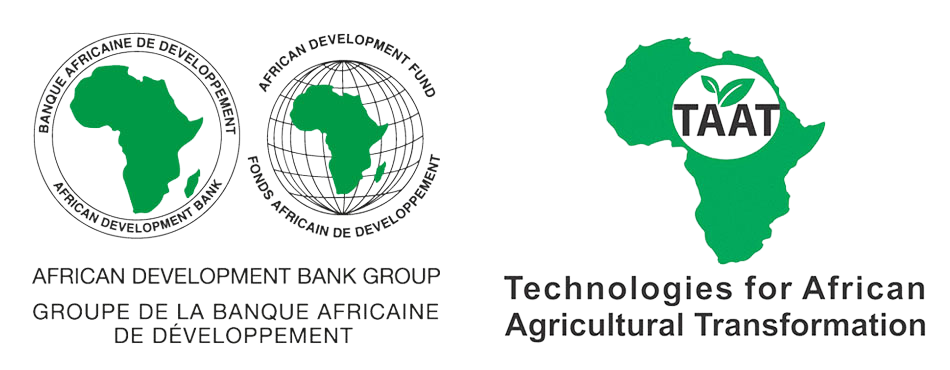Poultry represents one of three commodity value chains within the Livestock Compact led by the International Livestock Research Institute (ILRI) with strategic partnerships in seven countries. The Compact’s approach is to modernize poultry production at a variety of production scales through improvements in flock breeds, feeds, health care and marketing innovation. It addresses stock improvement of both meat and layer breeds including greater access to hardy duo-purpose birds among smaller-scale producers. It recognizes the importance of heat tolerance of improved poultry suited to the tropics.
Rearing systems include low-cost, semi-automated local hatcheries raising chicks for one to 21 days based upon farmer preference and delivering them with greatly reduced mortality. It recognizes a shift to full-time containment within poultry houses offering lighting, continuous water and more efficiently utilized feed. At the same time, it recognizes the advantage of part-time feed scavenging within smaller-scale production systems and is designing poultry sheds accordingly. Feeds represent the largest investment in poultry raising and intensified production requires that affordable feeds be available for different stages of meat and egg production. Feed costs are becoming reduced by stimulating local feed production, pelleting for greater feed efficiency, and inclusion of grain surpluses and crop byproducts such as cassava peels and soybean press cake. In this way, producers’ access to improved poultry feeds interacts with the successes of several of TAAT’s priority crop value chains and also reflects the need to include soybean among them.
Improved poultry health involves universal vaccination of chicks against Newcastle virus and preventive antibiotics in water. Wider access to veterinary services is viewed as critical to human bio-security in Africa considering the avian-related disease outbreaks experienced elsewhere in the world. Movement toward more commercialized production involves staggering production batches, slaughter to industrial standards, mechanized de-feathering and reliable egg grading. Larger-scale producers are encouraged to advance beyond first-stage processing of whole birds, but to offer poultry parts as well. Smaller-scale operations are organized into producer and marketing hubs to benefit from scale of production and conduct collective sales. Poultry production is seen as an important entry point to youth-led enterprise. Poultry manure is an important organic and nutrient resource and is being processed accordingly in a manner that reduces gaseous loss to the atmosphere. Ultimately this Compact toolkit serves to improve household protein consumption by both rural and urban consumers while eliminating poultry product importation into Africa.

